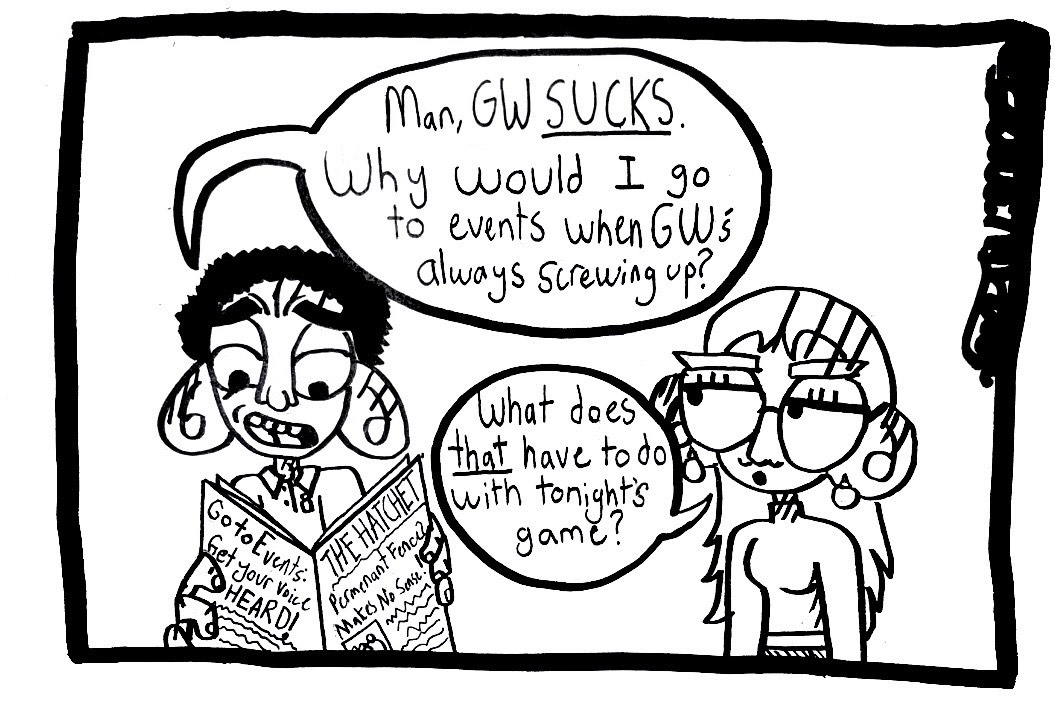In response to the recent admission on the part of the United States and British military who confirmed that they have been using cluster bombs in Halla and other neighboring towns in Iraq over the last week, I join with human rights groups to condemn the use of cluster bombs.
The International Committee of the Red Cross says in Hilla, due to cluster bombs from Sunday until Tuesday, “dozens are dead and 450 are wounded. All victims are farmers, women and children.” Often, children mistake these cluster bombs for candy or aid packages and unintentionally lose their lives by detonating them.
On Wednesday, the United States military acknowledged that cluster bombs were being used, which has angered human rights groups who claim that this counters the United States’ stated intentions of minimizing civilian casualties.
Cluster bombs contain as many as 200 smaller bomblets and up to 30 percent of these fail to explode on impact but, like landmines, remain deadly for many years. The bomblets, which contain shrapnel and flammable material, tend to drift in the wind and land a long way from the intended target. The small yellow cylinders remain deadly weapons threatening civilians, especially targeting children.
Director of Landmine Action Richard Lloyd told BBC News that “many (cluster bombs) are brightly colored and the size of a drink can or toy, they are particularly attractive to children.”
Human Rights Watch (HRW) said that these cluster bombs have a “very high failure rate,” which creates “immediate and long-term dangers for civilians and friendly soldiers. When these munitions fail to explode on impact as designed, they become hazardous explosive ‘duds,’ functioning like volatile, indiscriminate anti-personnel mines.”
Navy Captain Frank Thorp defends their use, calling cluster bombs a “very effective weapon” that he says is “successful against large targets, such as an airfield.”
Yet, cluster bombs have already accidentally claimed the lives of two American Marines, one killed on Sunday and the other on Monday, after stepping on a cluster bomb that then exploded. It is estimated by HRW that during the Gulf War in 1991, cluster bombs caused 80 U.S. casualties and killed or injured 4,000 Iraqi civilians. In addition, six U.S. Army combat engineers were killed while disposing of cluster bombs in 1991.
It can take years for some cluster bombs to detonate. In fact, in the year 2000 a child died in Vietnam from stepping on a cluster bomb deployed over 25 years ago. The Pentagon has admitted in addition to using cluster bombs in Afghanistan, that they also dropped about 285 million cluster bombs on Cambodia, Vietnam and Laos.
In a report issued by Amnesty International on April 2 they said, “The use of cluster bombs in an attack on a civilian area of Hilla constitutes an indiscriminate attack and a grave violation of international humanitarian law. If the U.S. is serious about protecting civilians, it must publicly commit to a moratorium on the use of cluster weapons. Using cluster munitions will lead to indiscriminate killing and injuring of civilians.”
I urge the United States government to listen to the appeals of Human Rights Watch, Amnesty, Oxfam, and the International Red Cross and halt their use of cluster bombs that disproportionately target civilians and children. If it is truly the attention of our government to ‘liberate’ the Iraqi people – then it would be wise to make every effort to use weapons that minimize our harm to innocent civilians and the dangers cluster bombs pose to our own troupes and allies.
-The writer, a graduate student in the School of Political Management, is a Hatchet columnist.




